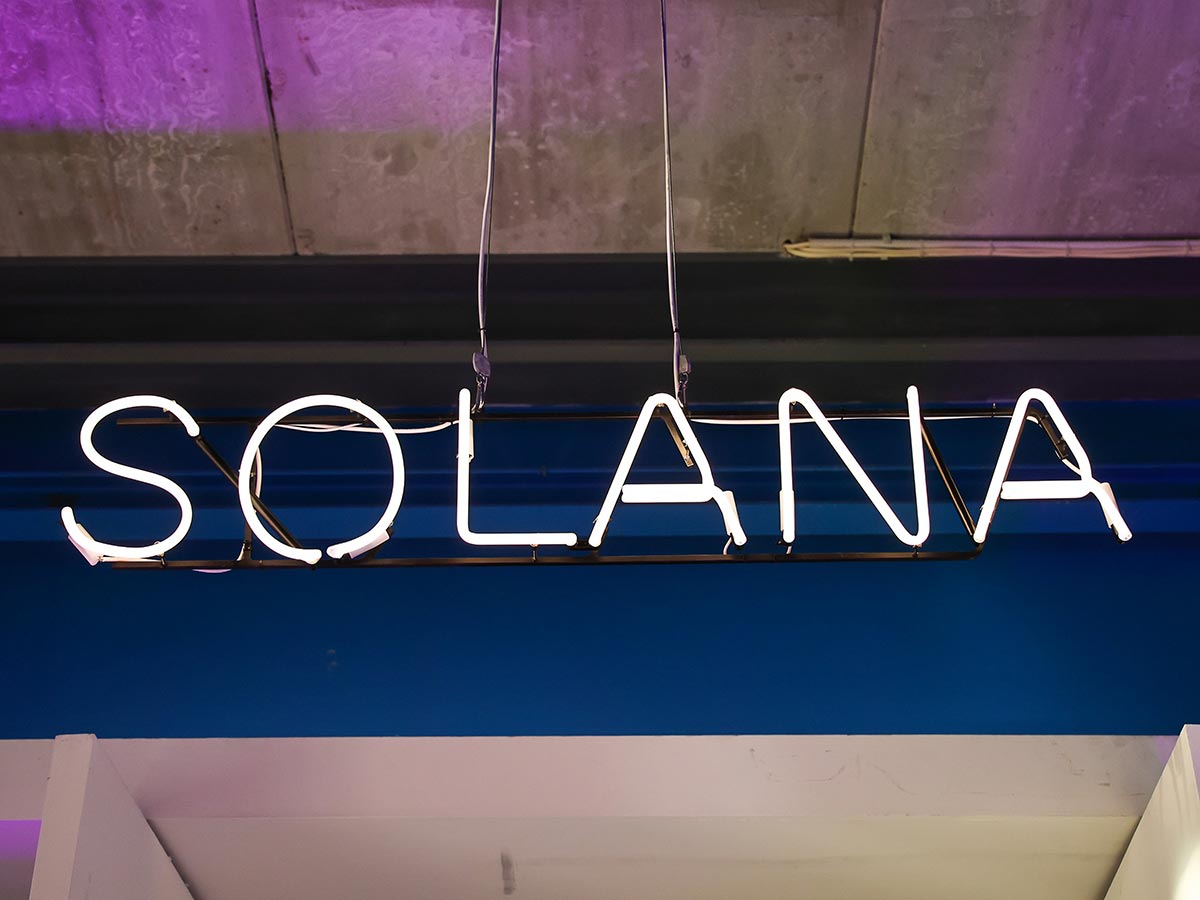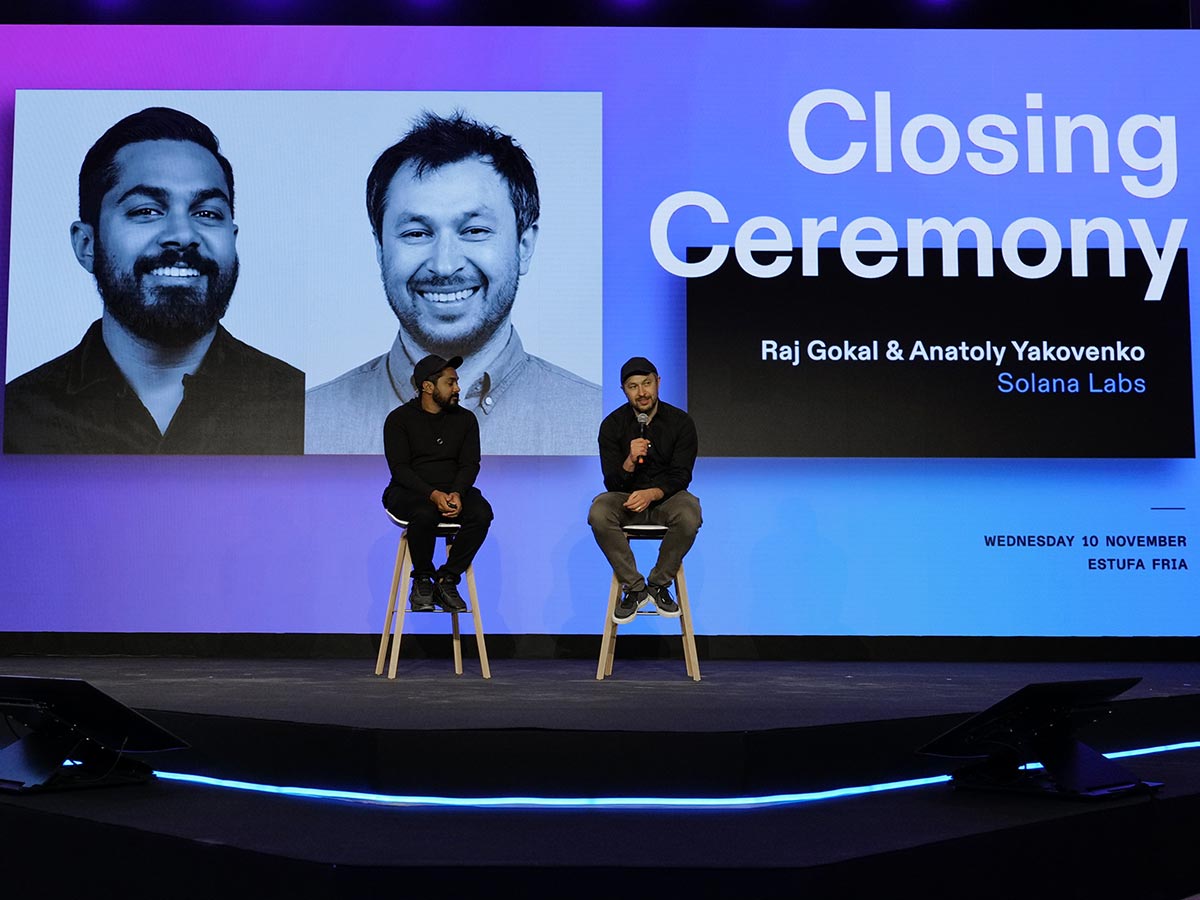Blockchains have problems. Solana is solving them.
The Solana Foundation’s mission is to support and promote the Solana blockchain, the decentralized network at the heart of the world’s fastest-growing crypto community. Equinix Metal helps ensure that everyone who wants to participate in Solana can easily set up a high-performing node to help run the blockchain or deploy applications on it.
Traditionally, blockchains have been difficult and painful to use. The Solana Foundation is working to change that by helping to grow Solana, a blockchain that can “process as many transactions as something like Nasdaq, but in an open and permissionless and transparent way,” as Dan Albert, Director of the Solana Foundation, puts it.
Here’s why that’s a big deal: If you know much about blockchains, you know that many of the most famous blockchains suffer from some significant performance and efficiency weaknesses. To process data, blockchains like Bitcoin consume more energy than some countries. They can also be slow and unpredictable: It can take anywhere from several minutes to several hours to confirm a Bitcoin transaction -- which is hardly ideal when you’re trying to process payments in real time.
Starting in 2018, Solana developers began building a new blockchain to solve these problems and open a new era in the history of blockchain technology -- one in which blockchain transactions will be almost instantaneous and consume minimal energy, yet also deliver the same level of decentralized trust and community-validated integrity as traditional blockchains.

Can proof of history make history?
At the heart of Solana’s approach is a strategy known as Proof of History, or PoH. Unlike other methods for processing blockchain transactions -- such as Proof of Work, the energy-intensive processing mechanism used by Bitcoin -- PoH cryptographically confirms the order in which transactions are submitted.
That matters for two interrelated reasons. First, it solves the risk that differences in time on individual devices within the blockchain could lead to disputes over the veracity of requests on the network. And second, by establishing clear consensus over transaction ordering, PoH helps the Solana blockchain to validate transactions reliably without the delays or high levels of energy consumption associated with Proof of Work.
Solana also uses a concept known as Proof of Stake, or PoS, to manage the validity of devices within its blockchain. But PoH -- a method that Albert calls “a breakthrough innovation in distributed timekeeping,” and one that was pioneered by Solana co-founder Anatoly Yakovenko -- is what really makes Solana stand apart from all other blockchains in existence today.
A blockchain for the billions
Solana’s unique PoH feature has helped the blockchain to achieve what Albert describes as “tremendous growth and adoption, particularly in the last six to nine months.”
Part of that growth has centered around the creation of more and more so-called validators. Validators are machines connected to the Solana blockchain that process transactions and help ensure accurate accounting of events.
But equally important, according to Albert, has been the flourishing of a community of developers who are launching new applications that run on top of Solana. "People have launched scores and scores of apps on Solana to date, taking advantage of the fact that it's super cheap and super fast,” he said.
You don’t have to run a device as a validator to launch an application on Solana. But you do have to run what’s called an RPC node, which serves as the gateway that allows users to connect to your application. As the number of apps hosted on Solana has grown from a handful to hundreds, demand for RPC nodes has surged.
The Solana Foundation doesn’t envision this growth ending anytime soon. On the contrary, it has some big ambitions: “Our goal is to onboard one billion people in the next five to ten years,” Albert says.
The need for infrastructure
To achieve that goal, the Solana Foundation must make it easy for anyone to add a validator or RPC node to the blockchain.
But in this regard, the organization faces a special challenge: It doesn’t actually own the Solana blockchain or the thousands of devices running on it. Instead, Solana is collectively “owned” by a decentralized network of users. And so the Solana Foundation can’t simply set up its own nodes to expand the blockchain.
What it can do is provide an infrastructure solution that community members can use to launch nodes quickly -- which is exactly what the foundation has done by partnering with solutions providers like Equinix Metal.
“There are thousands and thousands of people that want to run validators,” Albert explains. “They say, 'Can you give me a machine that can run it?'" That’s not an easy question to answer, given that validator nodes “need to have top-notch connections to the Internet and low latency,” he says.
But with a service like Metal, which supports rapid deployment and provisioning of servers that can function as both validators or RPC nodes on the Solana network, new community members can add nodes to the Solana blockchain in minutes, without having to acquire their own special-purpose hardware or configure complex networking setups.
Metal has been particularly important to Solana’s growth not just because it allows participants to roll out nodes quickly, but also because Equinix has worked closely with the Solana Foundation to ensure that machines are preprovisioned in distributed global locations and validated to run as validators or RPC nodes.
“We've worked with Equinix to help them understand the needs of our community,” Albert said. “If we hadn't partnered with Equinix when we did, we would have had all of this user explosion on Solana and no infrastructure to power it.”

The story continues
The Solana blockchain has been running in production for just over a year and a half. (It launched in March 2020, right at the start of the Covid-19 pandemic: “We were on Zoom calls in the middle of the night watching this fledgling network grow,” Albert recalls of the heady days following Solana’s official debut.) In that short span of time, the blockchain has grown to include more than 1,000 validators and to boast a block creation time of 400 milliseconds -- which is about 1500 times faster than Bitcoin’s.
And yet Solana’s story has only begun to be told. The blockchain’s unique performance features, combined with a dead-simple process for deploying new nodes, position it for strong growth in the months and years to come. Solana remains “an incredibly new and early-stage technology,” Albert notes, and the best is yet to come.
